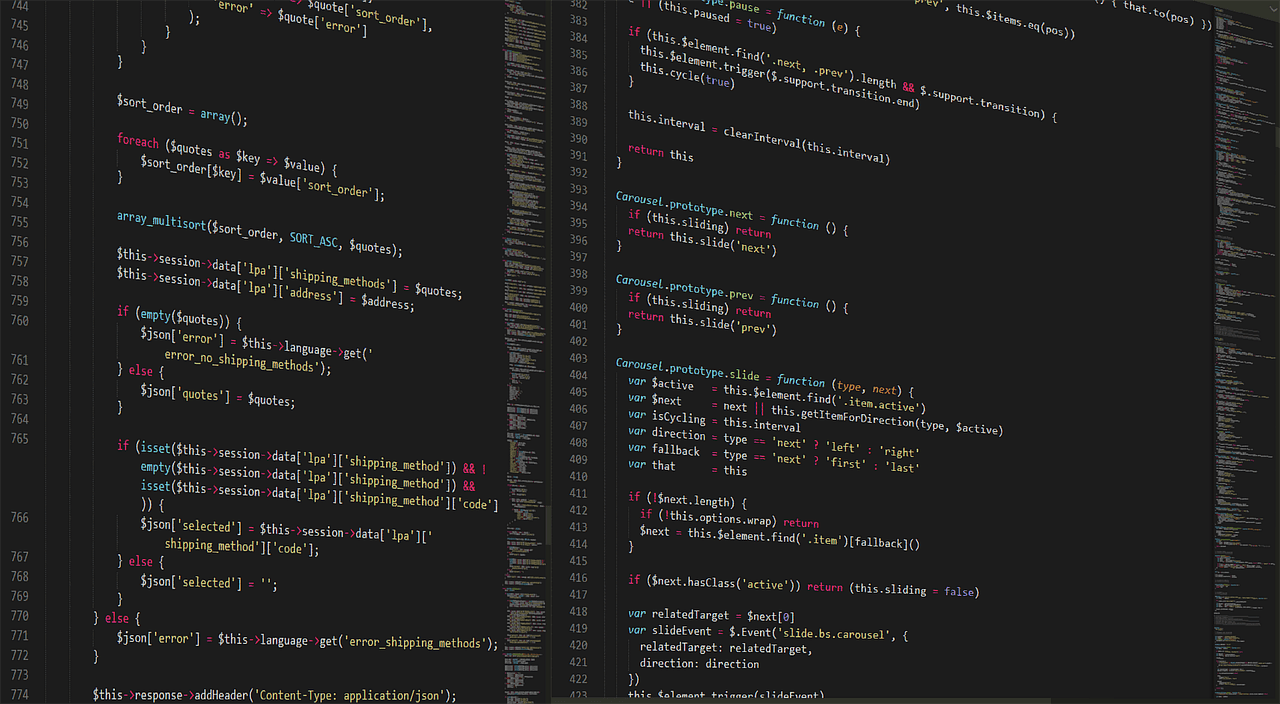Comprehensive Guide to Python Web Development for Beginners
Python web development is a rapidly growing field known for its simplicity and effectiveness. This comprehensive guide is designed to help beginners navigate the world of Python to build dynamic web applications effectively.
What is Python Web Development?
Python web development involves creating web applications and websites utilizing the Python programming language. It includes writing server-side logic to handle HTTP requests, manage data, and generate dynamic content.
Why Use Python for Web Development?
- Versatility and Popularity: Python is extensively used in various domains including web development due to its user-friendly syntax.
- Robust Ecosystem: Python boasts numerous libraries and frameworks facilitating easier development.
- Scalability: With the right tools, Python applications can be efficiently scaled to handle increased traffic and data.
How to Use Python for Web Development
- Install Python:
Download the latest version from the official Python website. Follow the installation instructions to set it up.
- Choose a Web Framework:
Some popular frameworks to consider include:
- Django
- Flask
- Pyramid
- CherryPy
- Set Up a Development Environment:
Organize your project by creating a dedicated folder and utilize tools like
virtualenvorvenvfor package management.
Popular Python Web Development Frameworks
Django
Django is a robust framework enabling rapid application development. Notable features include:
- Integrated authentication system
- Automated admin interface
- Object-relational mapping (ORM) for database interactions
Many developers prefer Django for constructing APIs and complex applications. Learn more about Django.
Flask
Flask offers a lightweight solution ideal for beginners and small projects.
- Simple, modular design
- Robust library support
It’s perfect for those who want control over their project structure, comparable to Express in Node.js.
Pyramid
Pyramid is a versatile framework suitable for both small and large applications, offering features like:
- Route configuration for efficient URL handling
- HTML structure validation
CherryPy
CherryPy emphasizes minimalism while providing essential tools for web development:
- Thread-pooled server support
- Built-in support for caching and sessions
Best Practices for Python Web Development
- Testing and Debugging: Ensure code robustness with testing frameworks like
unittest. - Deployment: Containers like Docker simplify app deployments.
- Caching: Utilize caching systems to improve performance, such as Django’s cache framework.
- Security: Implement secure authentication methods to protect your application.
- Performance Optimization: Use profiling tools to enhance application speed and efficiency.
Conclusion
Python web development offers a powerful and flexible approach to creating dynamic web applications. By understanding the frameworks and best practices outlined in this guide, you can embark on your yet improved programming journey. For further insights, visit this beginner’s guide.
Additional Resources
Python Web Development Projects and Applications
Key Projects
- Personal Blog Application: Develop a blogging platform using Django. It can include features like user authentication, post creation, and commenting.
- To-Do List Web App: Create a simple task management app using Flask. This project will help in understanding form handling and database integration.
- RESTful API with Django REST Framework: Build a REST API for a library system managing books and authors. This will enhance your skills in creating APIs and handling requests.
- Portfolio Website: Use Flask or CherryPy to create a personal portfolio site showcasing projects and skills, allowing for adjustments and improvisation in the web structure.
Python Code Examples
# Example code for a simple Flask To-Do List app
from flask import Flask, render_template, request, redirect
app = Flask(__name__)
tasks = []
@app.route("/")
def index():
return render_template("index.html", tasks=tasks)
@app.route("/add", methods=["POST"])
def add():
task = request.form.get("task")
if task:
tasks.append(task)
return redirect("/")
if __name__ == "__main__":
app.run(debug=True)
# Example code for a RESTful API with Django REST Framework
from rest_framework import serializers, viewsets
from .models import Book
class BookSerializer(serializers.ModelSerializer):
class Meta:
model = Book
fields = '__all__'
class BookViewSet(viewsets.ModelViewSet):
queryset = Book.objects.all()
serializer_class = BookSerializer
Real-World Applications
Python web development is extensively used in various domains today. Here are some real-world applications:
- E-commerce Platforms: Websites such as Spotify control their streaming services using Django for scalable and reliable web applications.
- Data Visualization Tools: Applications that gather data from various sources and present it in an easy-to-understand format. Python’s libraries make this task simpler and more efficient.
- Social Media Applications: Many social media platforms use Python for their back-end services, ensuring a dynamic user experience.
- Game Development: Python is also utilized to create web-based games, combining web development skills with entertainment.
Next Steps
Now that you have a solid understanding of Python web development, it’s time to take the next steps in your journey! Start by experimenting with smaller projects using frameworks like Django or Flask to reinforce what you’ve learned. Check out this guide on web development in Python for more hands-on tutorials and insights.
Additionally, explore advanced concepts such as API development and integrating third-party services. You can also join online communities or forums focused on Python web development to share your progress and seek advice from experienced developers.
Finally, consider building a portfolio project that showcases your skills. This could be anything from a personal blog to a complex web application. Make sure to implement best practices for code quality and security as you develop your project.

1 thought on “** Unlock Your Potential: A Beginner’s Guide to Python Web Development **”
Comments are closed.